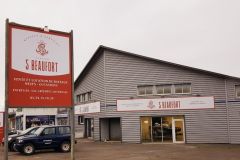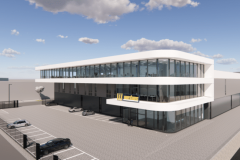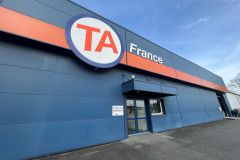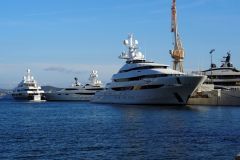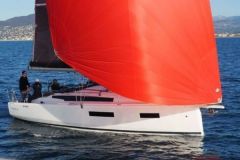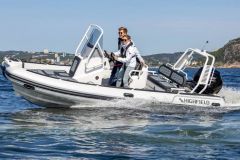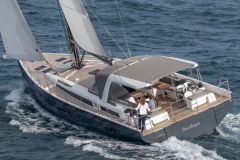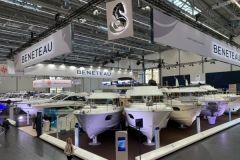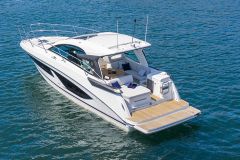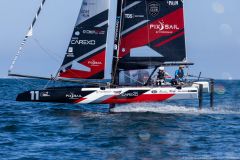The start-up SEAir, specialized in flying boats, has just collaborated with the leader of the yachting industry, the Bénéteau group, for the development of its foil boat concept. Its founder Richard Forest and the head of the design office, Romain Josset, answered BoatIndustry's questions about the project.
How did the collaboration with the Bénéteau Group start?
Richard Forest: Bénéteau came to see us. They had been following us for a while. They had tried the flying RIB a year and a half ago and had been seduced. They consulted us on a first draft to test us. Then in March 2018, they reconsulted us on this project. We started from scratch all together with the 4 companies involved (Editor's note: Bénéteau, SEAir, DEMS for the design and Noval for the mechanical systems). What's great is that a big company like Bénéteau was the first to understand that the boat had to be designed around the foil.
How did we work together? What was SEAir's performance?
Romain Josset: Bénéteau presented us with the project that DEMS had started to design. We reworked the foil placement and the engineering. We were 3 people from the design office involved. The nice thing is that when we have a problem, they come up with 5 solutions.
Richard Forest: We were impressed by the ability of a large company like Béneteau to be agile and fast. In our service, there is the design of the flight function and the manufacturing, delivery and installation of the foils, but also the test and analysis phase that is starting. This is a confirmation of our positioning as a foil equipment supplier.
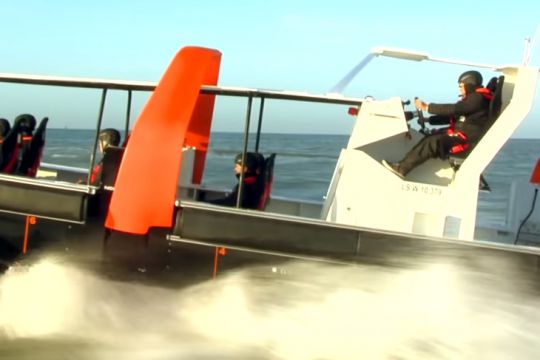
What were the technical objectives set by Bénéteau and the technological choices, particularly in terms of weight?
Romain Josset: The first objective was to have a healthy boat, with possibilities of evolution if necessary. As always with a foiling boat, we paid attention to the weight. We pushed Bénéteau a bit to the limit to limit the displacement. But the issue was the weight/price ratio. There is no carbon in either the boat or the foils. We chose foils with a metal core and a composite fairing, a system similar to IMOCA keels, but curved. This facilitates the mechanical interfaces and limits the costs.
Why a rigid hull and not a semi-rigid as you have done until now?
Richard Forest: It was a choice imposed by Bénéteau. If SEAir went for the semi-rigid first, it was because I thought that customers in this market would be more open to the innovation of flying. In the end, it's perfect, it confirms that foils are versatile.
What are the agreements between the Bénéteau Group and SEAir in terms of intellectual property and capital relations?
Richard Forest: The entire flight design is the industrial property of SEAir. It is protected in the contract and I think that both parties have an interest in keeping it that way. In capital terms, there is no link.
Are you working on other projects with other shipyards? When do you think we will move from the concept boat to the big production?
Richard Forest: There are other interested brands with whom we are discussing boats directly for customers. However, before the boat of Mr. Everybody, I think that 10 years are reasonable, maybe less. Boating has a history and it takes time to adapt.







